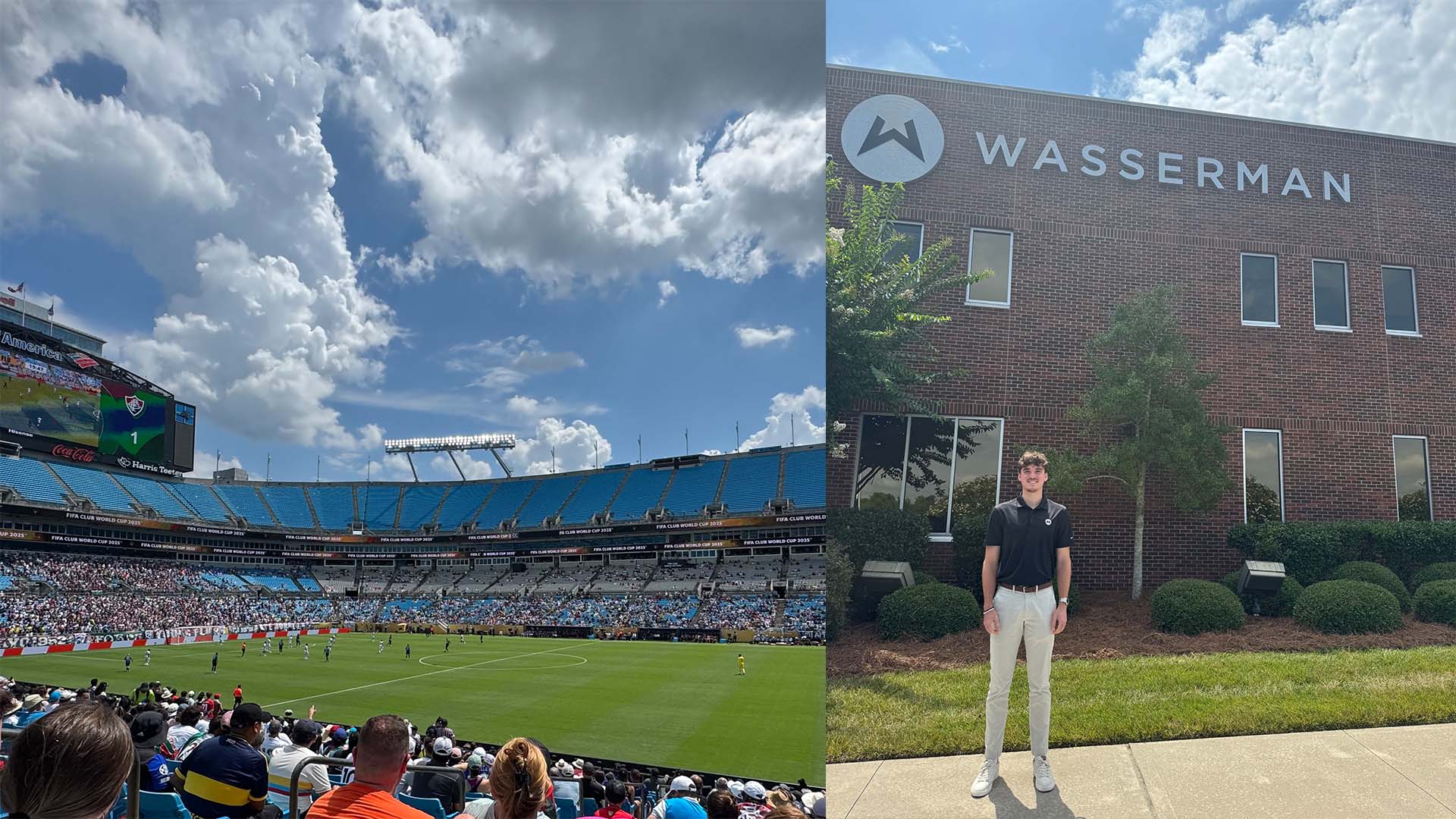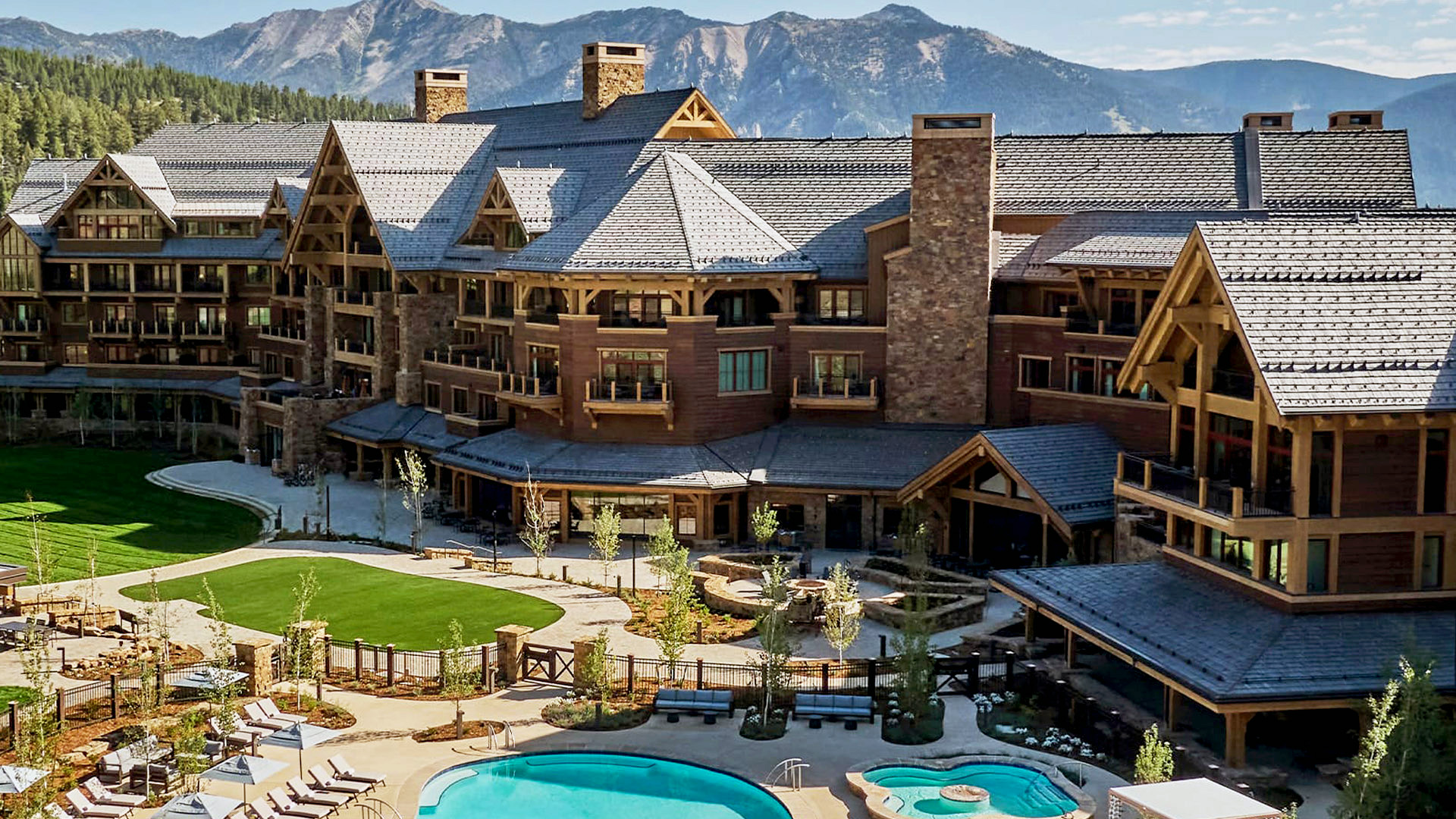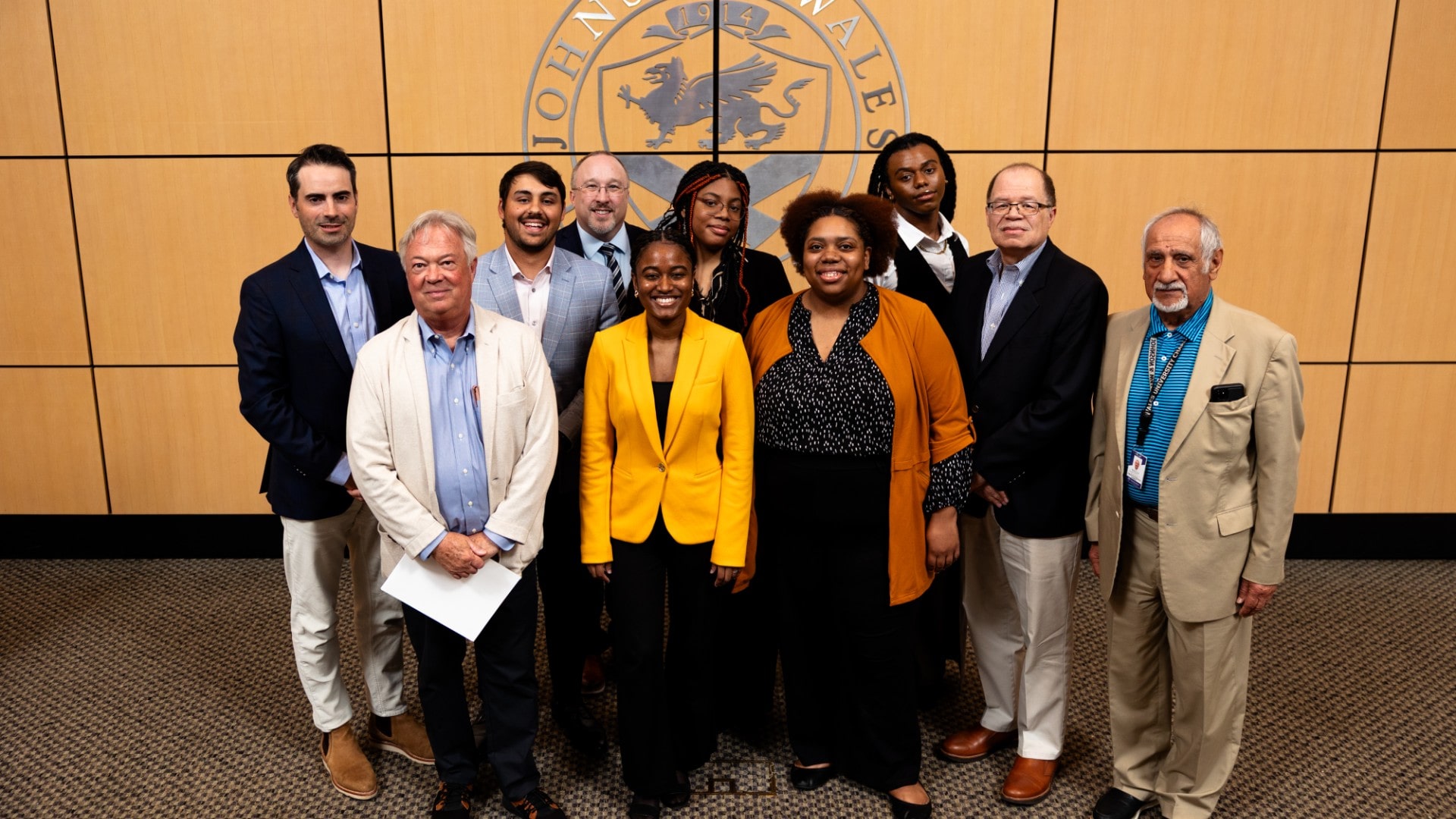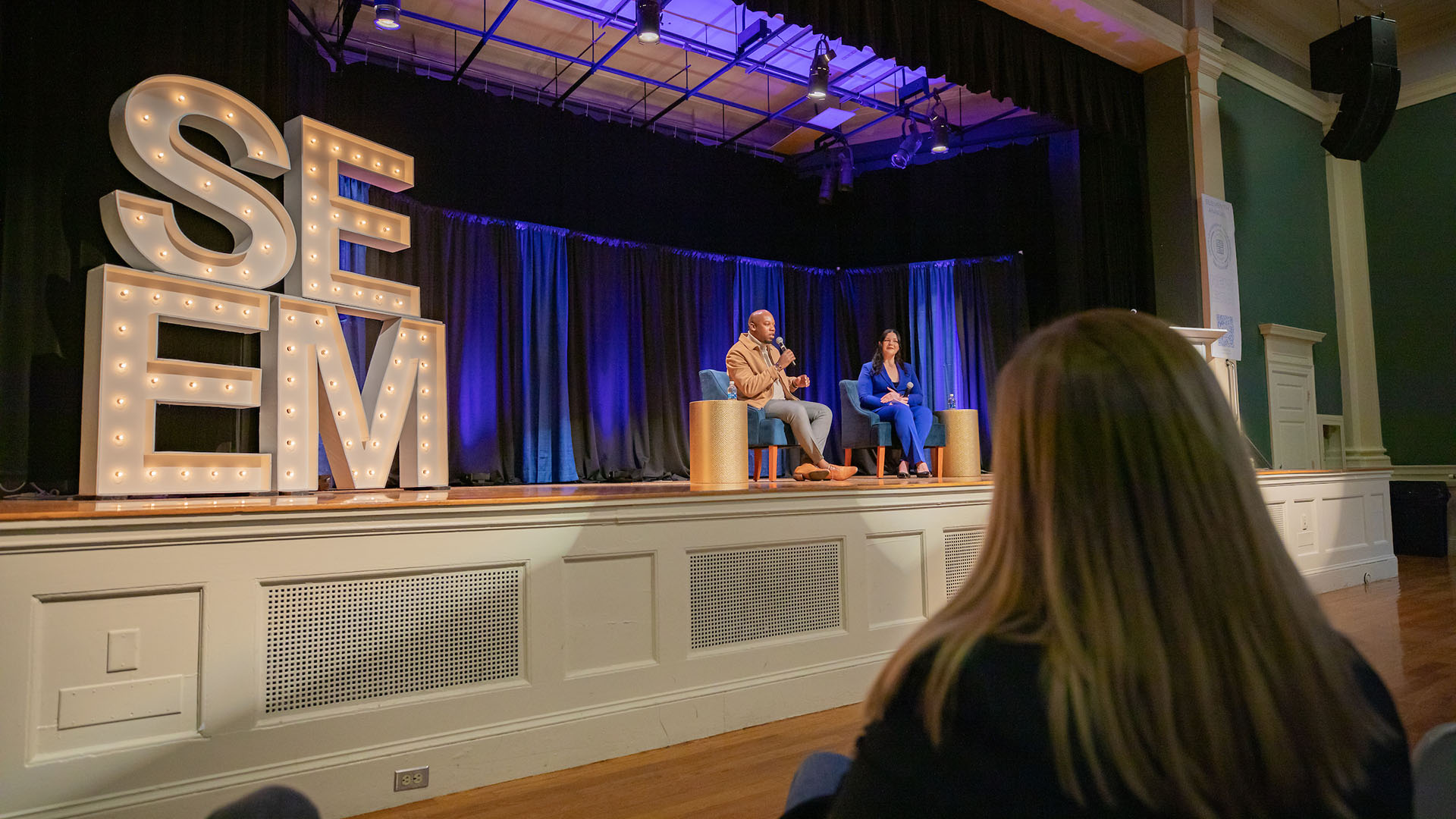How Does Virtual Reality Fit Into the Hospitality Industry?
Virtual Reality, or VR, is a computer technology that utilizes images, sounds, and physical sensations designed to provide the user with the feeling that they are physically present within a virtual world. This technology has been known to computer “gamers” for quite some time. Even the average consumers are now being exposed to VR. The large marketing push by Meta (Facebook rebranded) in the fall of 2021 and their acquisition of Oculus, a VR equipment company that has a robust inventory of downloadable applications, have all contributed to this increased awareness. Applications can include both games and experiences. The robust options available today allow for a diverse consumer group and, as these applications gain more popularity, developers are jumping on board to meet the demands. They are looking to create new segments in this market.
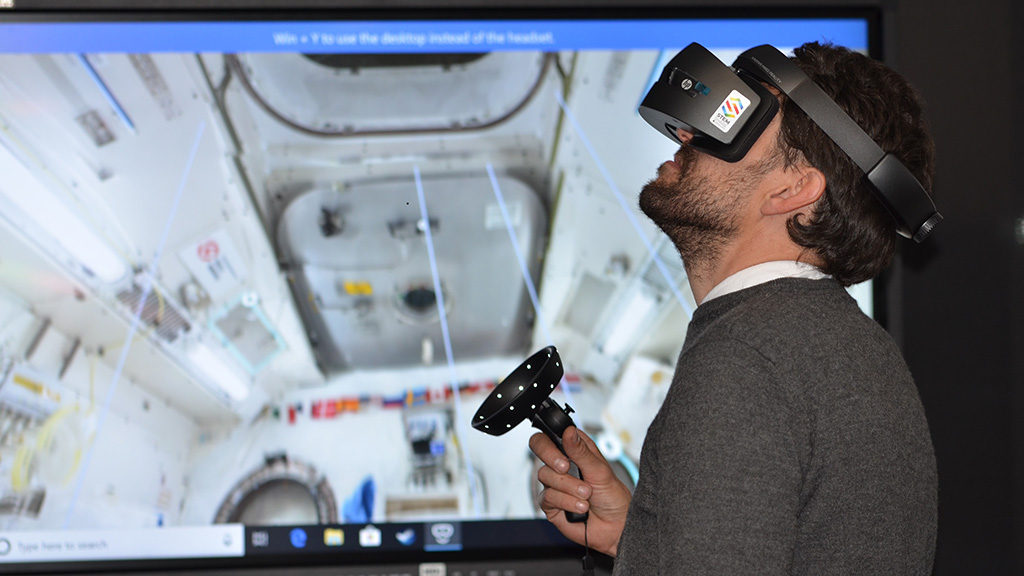
We’re already seeing the evolution of virtual reality within healthcare. Complex medical situations can be recreated on a virtual patient. Clinicians can deal with the situation as if it were real life. They are learning and practicing in a safe environment that allows for debriefing and feedback. Learning from their mistakes in this way helps them perfect their skills and expand their knowledge. VR is also being used to simulate complex surgical procedures, assisting the surgeon in anticipating complications and issues.
With all the growth and development in VR, where does this technology fit within the hospitality industry?
Starting with travel and tourism, imagine having the ability to create a virtual tour. Virtual experiences such as this can provide consumers an opportunity to experience different cultures and virtually visit iconic landmarks without leaving home. A great example of this is the use of Google Earth VR, which allows the user a 360-degree view to explore the world.
Within the food and beverage industry, VR is used in several ways. First of all, to provide virtual restaurant tours. This technology allows users to see the dining room, kitchen, and menu before they even make a reservation, thus enhancing the overall customer experience. Increasing the customer experience as well as customer interaction via VR can improve and streamline the ordering process for both customers and staff. Using VR, customers can view the dish being prepared and can see what the final dish will look like. This assists restaurant patrons in making educated meal choices and can alleviate additional questions for the staff.
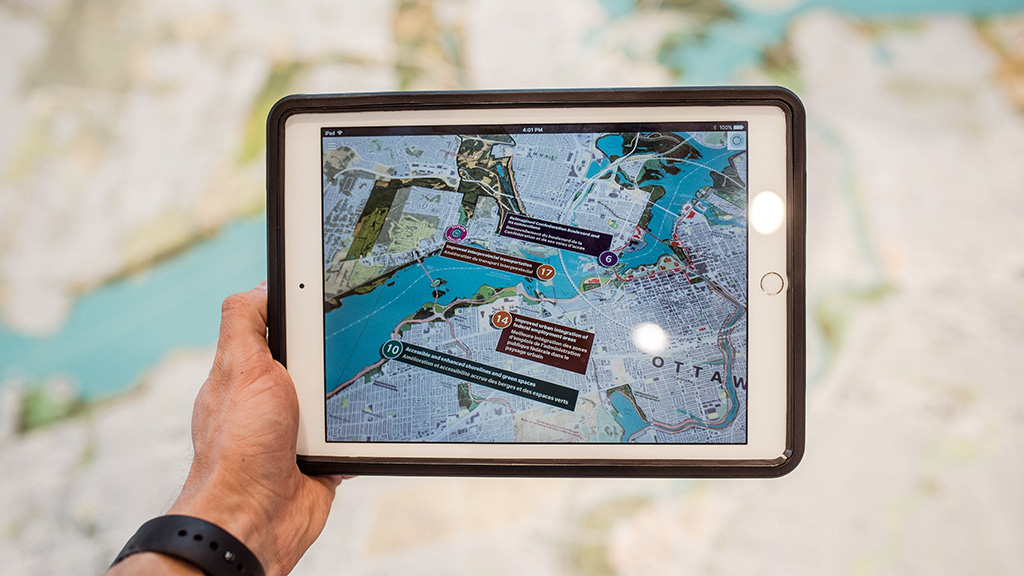
VR can also be a useful tool in staff training. Bringing staff instruction to life can enhance the time and training needed to ensure an efficient back-of-the-house workflow.
Virtual reality has also been used to enhance online cooking classes by providing users with realistic virtual cooking classes so they can learn new recipes and cooking techniques from the comfort of their homes. An example of this is Master Class. This application offers virtual cooking classes from celebrity chefs.
VR is a new and emerging technology, and its applications in the travel, tourism, and food and beverage industries are still being explored. However, there is no doubt that VR has the potential to revolutionize these industries. By providing immersive and realistic experiences, VR can help people to learn more about different destinations, foods, and activities. This can lead to increased travel, tourism, and food and beverage sales.
APPLY TO JWU TRANSFER TO JWU PLAN YOUR VISIT
